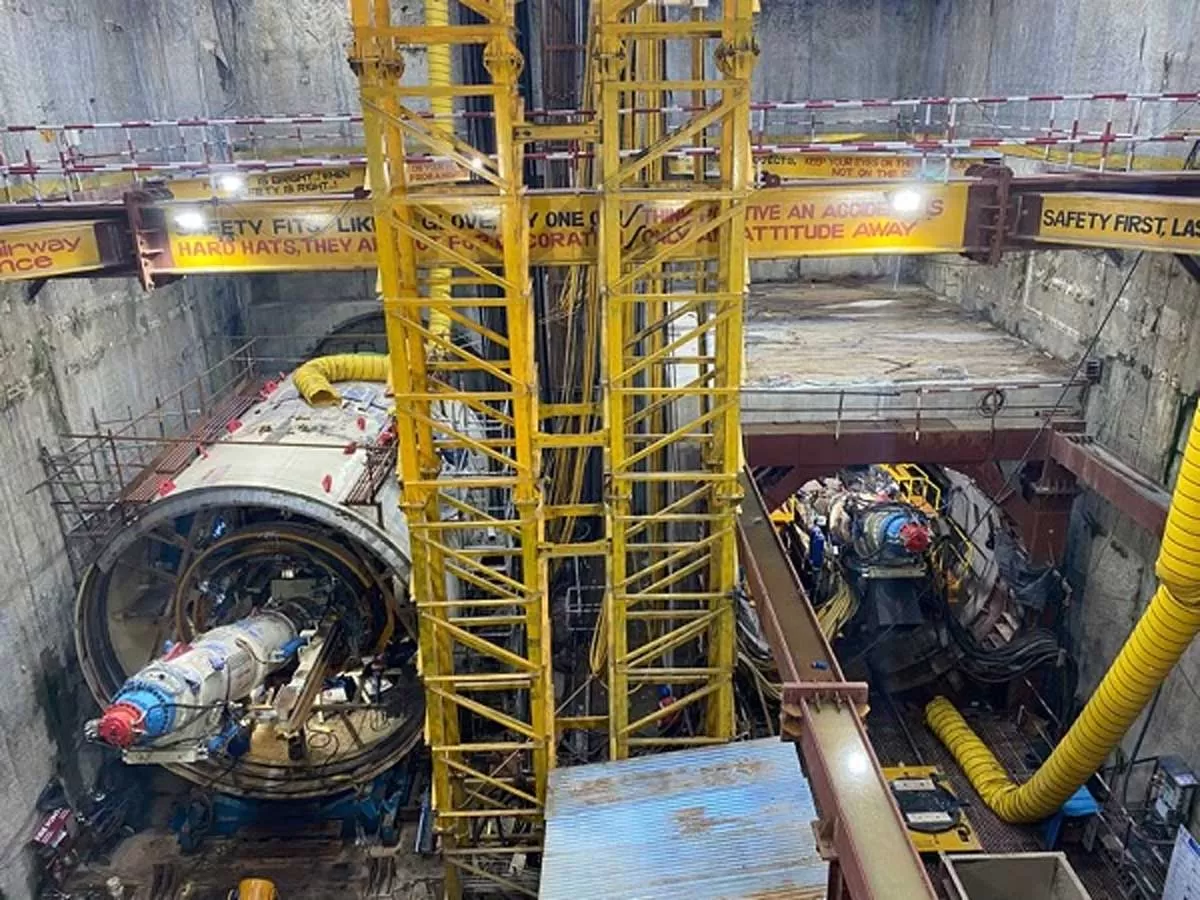Smart technologies have the potential to digitally transform construction, site by site, affirms AMRITA CHOWDHURY.The construction industry has traditionally relied on manual, people-driven processes and workflows. However, as digital and sensor-based technologies have become mature, ubiquitous and cost-effective, smart technologies have the potential to digitally transform construction. Smart technologies can be used to address work challenges and gaps, streamline workflows, manage people and equipment, optimise costs and use data-driven insights to deliver responsive service to clients. Opaque last-mile data can be brought to a common Cloud platform, and thus enable construction industry managers to understand and address real-time performance status and gaps, and construction business leaders to optimise and maximise deployment of staff, assets and equipment, in turn improving business drivers. Today, construction technologies span the gamut of digital and Internet of Things (IoT) solutions, and blend AI-ML, indoor-outdoor real-time location systems (RTLS) and cloud analytics to provide end-to-end solutions for construction industry clients. A 2015 study by McKinsey Global Institute, which evaluated the impact IoT could potentially have on the construction and mining industry, had suggested that company owners could save upwards of $ 160 billion just by adopting IoT tech. While industry has been slower in adopting technology, the recent combination of shortage of frontline staff and need to manage assets, people and workplace practices to a higher level of efficiency, productivity, and health and safety practices might be the trigger needed to fast-track digitalisation in the construction industry.Workflow managementConstruction workflows are typically manual. Digital and AI-led tools can be used to create cost effective means of digitalising last-mile construction workflows and enabling real-time data capture. Cognitive automation allows productivity of tasks and workflows to be measured, monitored and improved. AI-led optimisation and allocation algorithms can be used to allocate dynamic issues and enable closed-loop task management. Workforce and asset managementManaging remote and distributed staff and assets is a challenge in construction. Contactless AI-based tools can be used to manage attendance and presence of workers at distributed sites. RTLS, combined with digital tools and IOT sensors, can be used to monitor and manage the location of people and assets. Geo-tagging and geo-fencing can be used to ensure that staff and assets are in designated locations and track them as they move from one site to another. Performance parameters of assets, such as fuel consumption or kilometres covered, can be tracked. Maintenance managementUsage and consumption data, combined with digital asset registry, can be used to proactively manage maintenance needs of assets and fleet equipment, and use dynamic performance data to monitor trends for predictive maintenance before breakdown happens. Combined with workflow management, the full loop of maintenance tasks can be allocated and managed to bring digital transparency and accountability into the system. Machine learning algorithms can be used to detect patterns in data to detect early indicators of failure and pre-emptively manage maintenance activities to reduce downtime. Workplace safetyConstruction sites need to consider physical safety and, in the post Corona phase, health safety of workers. Digital and app-based tools can be added to ensure worker safety, including social distancing, health information and safety gear usage. A combination of wearables and IoT devices can be used to measure, monitor and manage the health and safety condition of workers in real time, and detect parameters such as pulse, temperature, motion, falls or presence in unauthorised or dangerous zones. Unified platformConstruction firms need to manage multiple staff, assets and sites that are physically distributed at different locations. Cloud platforms enable real-time data analytics, rapid visualisation and GIS mapping to provide operations managers and business leaders real-time performance status of construction operations and time-based trends, reports, and predictive understanding of operational successes, gaps and interventions needed. Edge information can be provided to frontline supervisors and workflows triggered for automated real-time action and response. The unified dashboard enables construction companies to streamline distributed operations, maximise the performance and utilisation of people and assets, and improve responsiveness to their end clients. It can enhance longevity of equipment and improve the risk management metrics of the business.Gaia’s enterprise SaaS platform, powered by Microsoft Azure, is a suite of digital, IoT and AI-based solutions that enable construction companies to manage last-mile site operations and bring operational visibility into national operations across sites, thereby improving business efficiencies and new business development. Given the modular and easy-to-use tech stack, construction firms can start, experiment and scale to suit their business requirements. These solutions, even at the basic cost-effective version, can bring 100 per cent improvement in last-mile visibility and nearly 30 per cent improvement in operational productivity. This can, in turn, impact the cost drivers of the business and enable companies to leverage data-driven operations to manage scale and complexity. Adoption and ease of use is critical in the success of technology solutions—the intuitive solutions are easy for frontline staff to use, whereas the data provides rich insights to management, and thus connects and brings the last mile into the boardroom. About the author: Amrita Chowdhury is Director of Gaia, an award-winning IOT+AI Enterprise SaaS company providing insights-as-a-service and service orchestration for smart sites and smart cities. A strategist, engineer and innovator, she brings a unique understanding of business growth, technology, digital spaces and branding. Her previous roles include president of DY Works (Future Group), country head South Asia for Harlequin (Torstar), and associate director, education for South Asia for Harvard Business School. Further, she holds seven US patents for semi-conductor manufacturing and is the author of two books and multiple whitepapers.


















